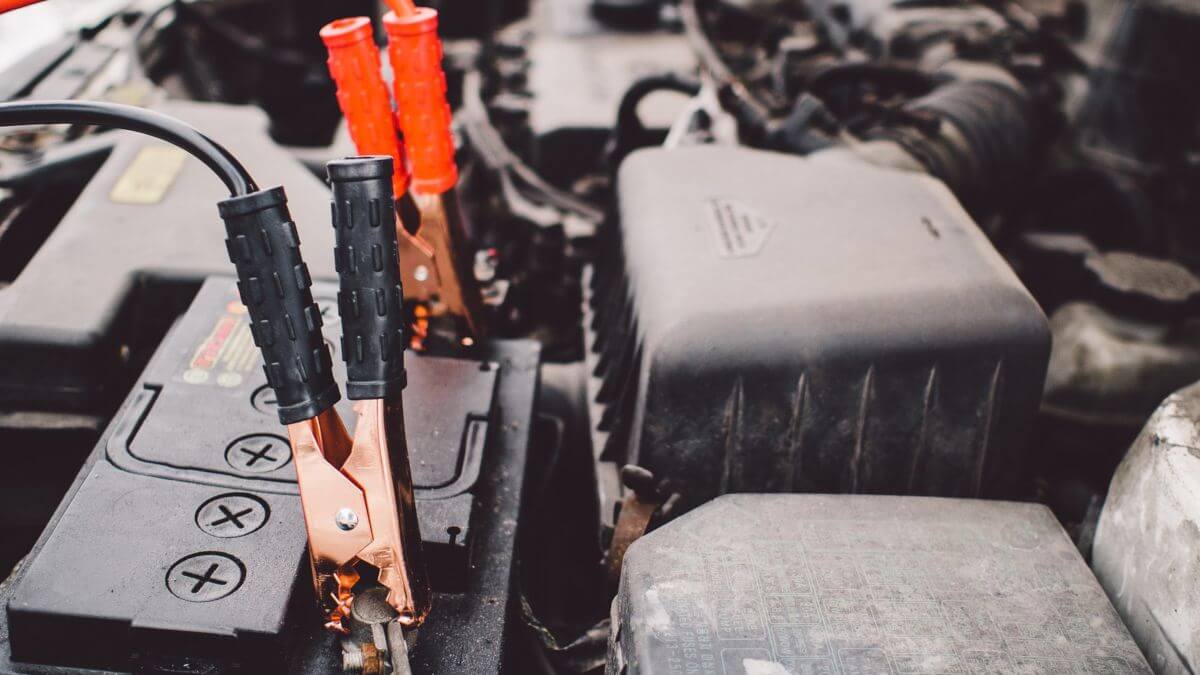
You insert your key into the ignition and turn it. Nothing happens. Wait, something does happen, the battery light comes on. Yes, surprisingly enough, this is the moment most people decide to look into how to choose a new car battery.
Admit it, you’ve done it yourself too! I know I have. Joking aside, I think we can all agree that waiting for this moment is not really best practice. Especially if you have somewhere to be in a hurry.
You need to be aware that contrary to popular belief, car batteries are not magic. They really need to be replaced. And newsflash, you will need to replace your car battery at least once or even twice during the life of your vehicle. Unlike your tires that may require to be replaced quite a few times.
How to choose a new car battery
So how to choose a new car battery, then. The when and the why are the most important to consider in this equation. And OK, the how too if you like a bit of DIY mechanics. Unless you are a qualified mechanic, however, we would not recommend that option.
The reason you need to replace a car battery is simple. It’s either old or just too worn out from the constant charging and discharging. Also, it won’t do well with humidity, especially in winter.The key is to not wait until your car doesn’t start because of it.
Starting point
When considering how to choose a new car battery, your starting point should be a consultation with the owner’s manual of your vehicle. Inside you will find the recommendations in terms of battery type, size, power, etc.
So how many types of car batteries are there?, I hear you ask. Well there are only two basic types:
- Lead-Acid (i.e. regular) and
- Absorbent Glass Mat (AGM).
Let’s have a look at both:
Lead-Acid
The average Joe of car batteries here. It’s a pretty amazing fact that the lead–acid battery was invented way back in 1859 by French physicist Gaston Planté and is the oldest type of rechargeable battery. In its modern form, it is maintenance-free because it consumes far less water than the traditional, older “flooded cell” versions. This type of battery retains its fluid for the whole life of the battery. And no, never remove the caps.
A lead-acid battery generally costs a lot less than an AGM battery. However, it will not hold a charge for as long, and it is less able to tolerate a deep discharge. Conclusion: in deciding how to choose a new car battery, this one is the perfect choice for a motorist who does not use his/her car every day, or for a motorist who is on a strict budget.
AGM
Much more than a cool abbreviation, AGMs are designed to stand up better to repeated power draining and recharging cycles. Unsurprisingly, as technology moves forward in the automobile industry, AGM’s are fast becoming fitted as standard in more cars. This is due to the modern features such as fuel-saving engine stop-start systems, power outlets for mobile devices, and electronic safety features. The demand for power in a car, especially inside the cockpit, is larger than ever. And so on to the but.
AGM’s are great BUT they can cost significantly more than their lead–acid cousin. Upwards of 40% more to be precise. So, if you use your car a lot, then you should take the plunge and get an AGM battery. Someone once told me this pearl of wisdom, “it’s not the cost of something that counts, it’s how often you use it.” That is how you should base your car battery buying decision when considering how to choose a new car battery.
Now, take care of your battery!
Now that you have changed your car battery, how about you make an effort to take more care of this one? It’s easy, just follow these few steps:
Have a look under the hood
If you want to maximize the life of your car battery, be proactive. Check it regularly and each time you take your car for a service, make sure the mechanic tests the battery. And when it’s time to get a new one, do your homework and don’t just reply on what a mechanic may tell you.
Check the warranty
This should go without saying but is easily forgotten as you drive away from the repair shop with your shiny new battery fitted. Always choose a battery with the longest “free-replacement period” possible. You should know that a battery’s warranty is measured in two figures: the free-replacement period and the prorated period.
The latter allows for only partial reimbursement. For example, according to consumerreports.org, a code of 24/84 indicates a free-replacement period of 24 months and a prorated warranty of 84 months. The amount you’ll be refunded usually falls off quickly as soon as you break into the prorated period.
Recycle!
When you replace your battery make sure the repair shop you have it done at recycles. The toxic lead and acid from car batteries can be recycled easily. Most repair shops and retailers will get rid of the old one for you. Make this a habit every time you change a car battery, however, since you’ll be doing the environment a pretty big favor.